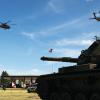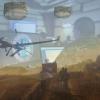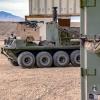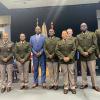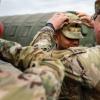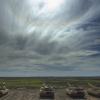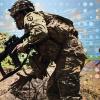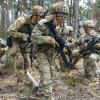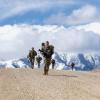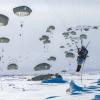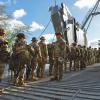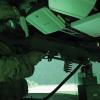Garrisons are the most complex colonel-level commands in the Army.
Garrison commanders solve wicked problems and punch way above their weight class. Their work also generates readiness disproportionate to the size of their command.
Every day, garrison commanders and their teams work in a dynamic environment that directly links tactical actions to strategic outcomes. Each one is responsible for the security, housing and welfare of soldiers, civilians and families living on their installation. They deploy forces, host unaccompanied children and Afghan refugees, lead through a pandemic...


